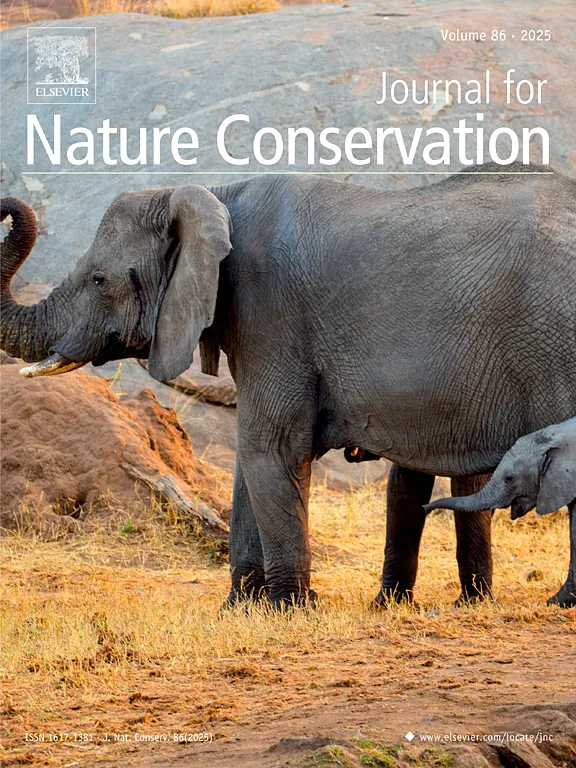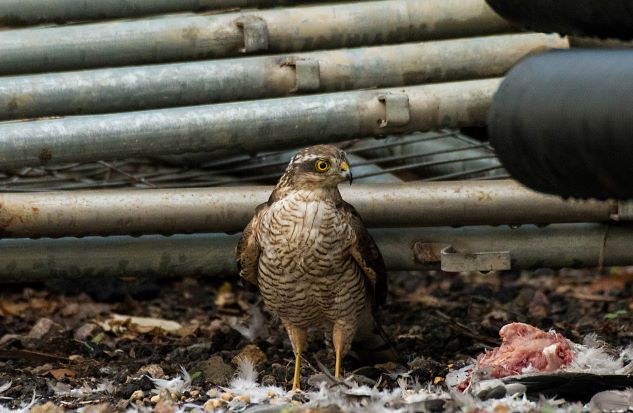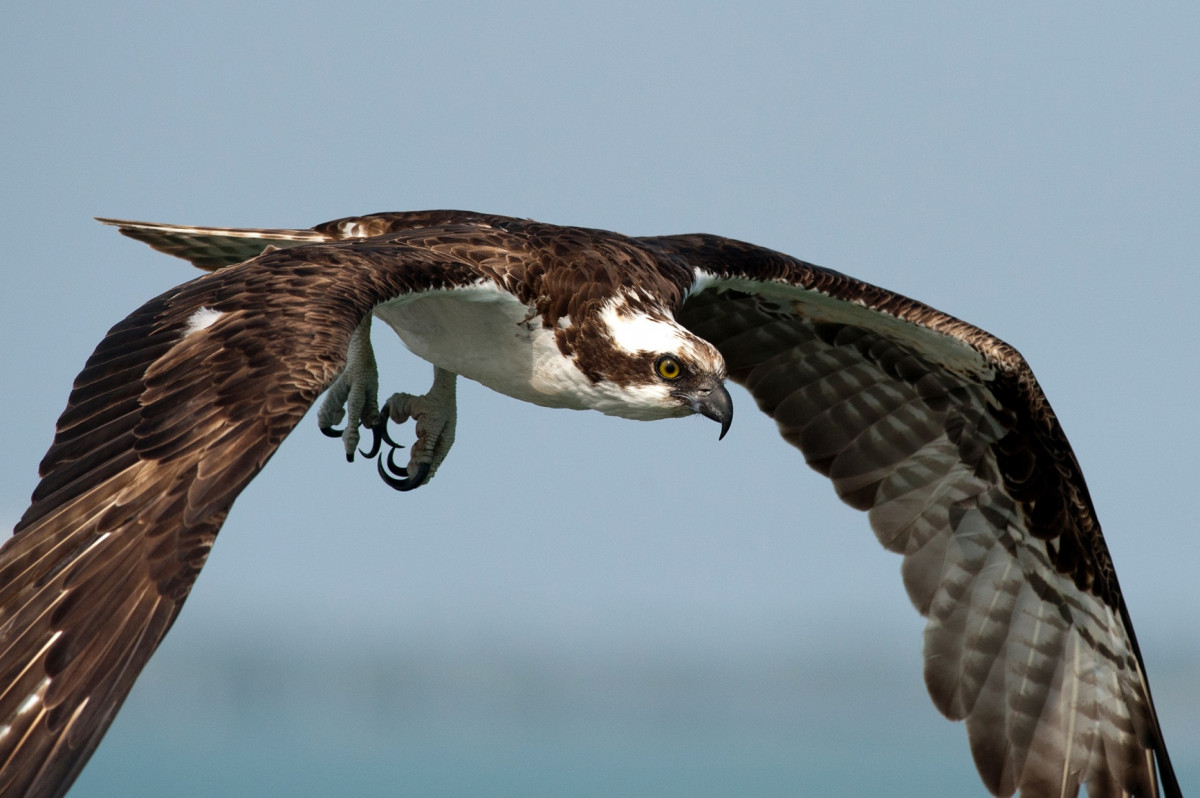BTO publishes peer-reviewed papers in a wide range of scientific journals, both independently and with our partners. If you are unable to access a scientific paper by a BTO author, please contact us.
Search settings
Trade-offs between the natural environment and recreational infrastructure: a case study about peatlands under different management scenarios
Author: Martino, S., Kenter, J.O., Albers, N., Whittingham, M.J., Young, D.M., Pearce-Higgins, J.W., Martin-Ortega, J., Glenk, K. & Reed, M.S.
Published: 2022
Land use policy seeks to manage benefits for different groups within society by balancing competing interests. These benefits could be the delivery of food through agriculture or the provision of recreational opportunities; they may also be less tangible things, such as carbon storage or flood mitigation. An important component of balancing these competing interests is to understand their relative importance to different parts of society, something that is addressed through this collaborative paper including BTO, which uses peatland restoration as an example.
01.11.22
Papers

Modelling important areas for breeding waders as a tool to target conservation and minimise conflicts with land use change
Author: Calladine, J., Border, J., O’Connell, P. & Wilson, M.
Published: 2022
The future of Britain’s breeding wader populations depends on land use policy and local management decisions, both of which require robust evidence and appropriate tools if they are to support the conservation of these priority species. One of the biggest challenges has been the geographical scale at which national data on wader abundance and distribution are available. These data are coarse in their resolution, making them poorly suited to directing conservation initiatives or informing land management decisions at a local scale. But can a statistical approach produce high-resolution maps of predicted wader abundance that are sufficiently accurate to be used for decision-making?
27.09.22
Papers

Long-term trends of second generation anticoagulant rodenticides (SGARs) show widespread contamination of a bird-eating predator, the Eurasian Sparrowhawk (Accipiter nisus) in Britain
Author: Broughton, R.K., Searle, K.R., Walker, L.A., Potter, E.D., Glória Pereira, M., Carter, H., Sleep, D., Noble, D.G., Butler, A. & Johnson, A.C.
Published: 2022
Rodenticides are widely used to control small mammal populations. The potential impacts of these compounds on non-target species, such as rodent-specialist predators, have long been a cause for concern. There is also evidence that species that do not usually feed on small mammals, such as bird-specialist predators, are exposed. In the most comprehensive study of its kind, this paper examines the presence of second generation anticoagulant rodenticides (SGARs) over 20 years in the British Sparrowhawk population, in order to establish how contamination patterns vary over time, space and life stage.
23.09.22
Papers

Connectivity between countries established by landbirds and raptors migrating along the African-Eurasian flyway
Author: Guilherme, J.L., Jones, V.R., Catry, I., Beal, M., Dias, M.P., Oppel, S., Vickery, J.A., Hewson, C.M., Butchart, S.H.M. & Rodrigues, A.S.L.
Published: 2022
The importance of the African-Eurasian flyway to long-distance migratory populations is well known, as are the many threats that the birds face on their journeys. Recent advances in tracking technology have provided vital information for conservation action, for example revealing the routes and stopover sites birds use, but work to address any threats identified has been hindered by fragmented and inaccessible datasets. Can bringing these studies into a single resource reveal new information that would enable more effective conservation action?
08.09.22
Papers

Habitat-use influences severe disease-mediated population declines in two of the most common garden bird species in Great Britain
Author: Hanmer, H.J., Cunningham, A.A., John, S.K., Magregor, S.K., Robinson, R.A., Seilern-Moy, K., Siriwardena, G.M. & Lawson, B.
Published: 2022
Infectious disease has been linked to population declines across multiple taxa, including birds, and it is important that we understand how anthropogenic factors, such as urbanisation and the provision of supplementary food at garden feeding stations, may influence its occurrence and impact.
06.09.22
Papers
